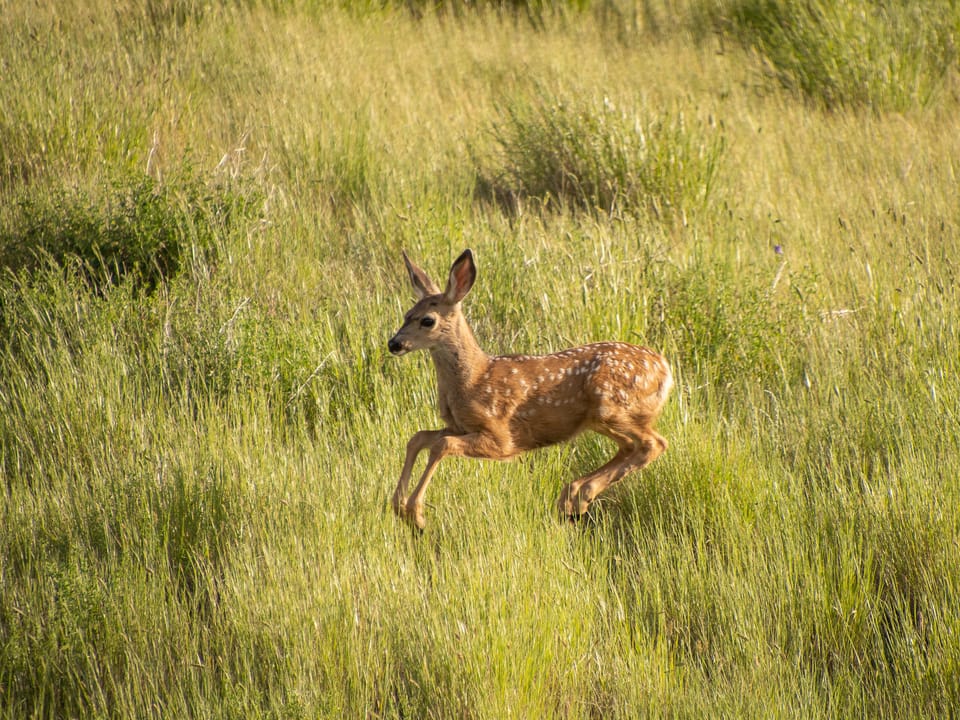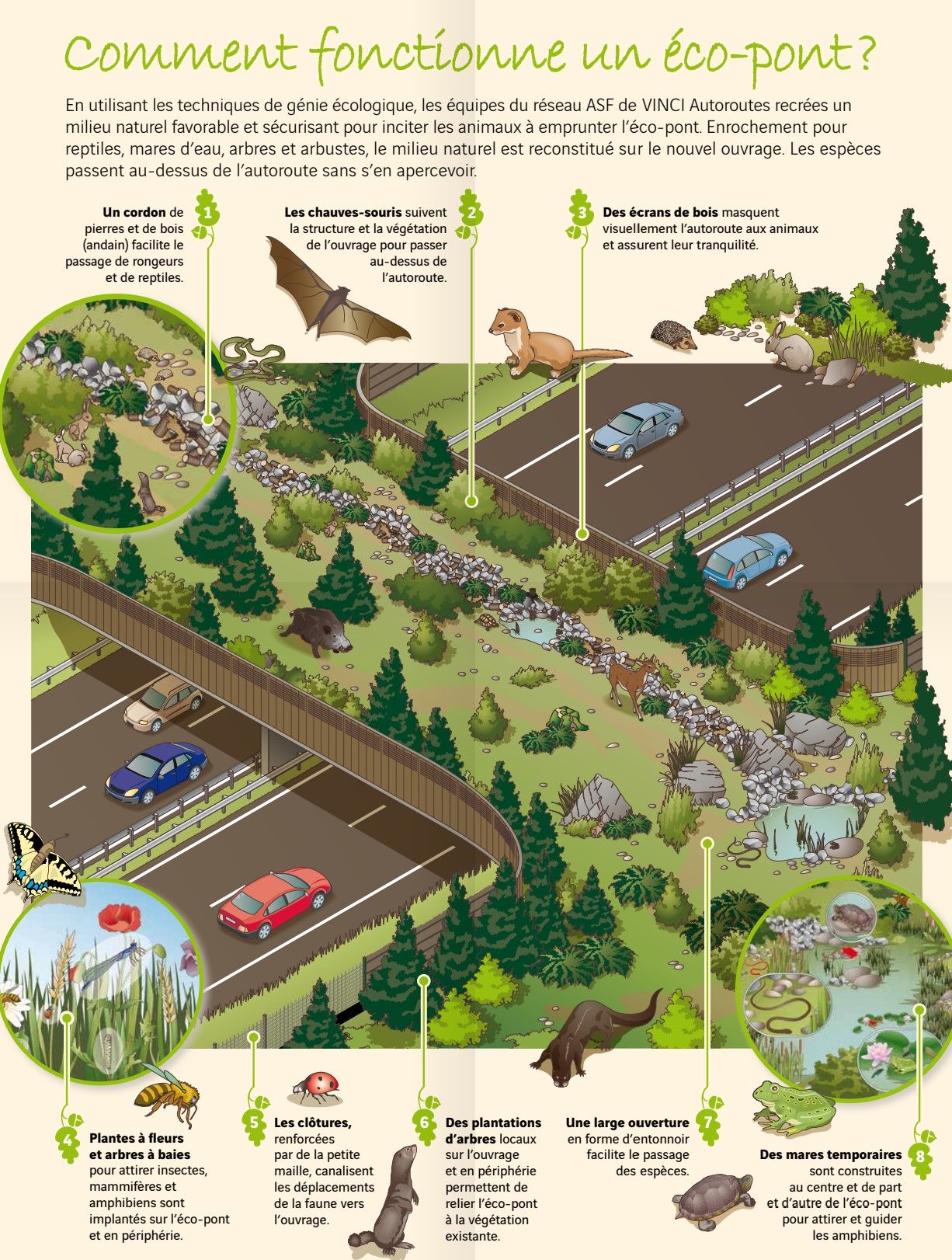EcoWest News, June 7, 2022

Welcome to EcoWest News, a weekly round-up of news and resources that you can put to use in addressing environmental issues and protecting the wild in your community.
Introducing … Saskatoon’s Northeast Swale
A 5-minute video showcases Saskatoon's Northeast Swale, windswept prairie and natural wetlands within Saskatoon's city limits. In a region with vanishingly little natural grassland left, the Swale is a refuge for life. [CPAWS-SK]
Across the West
The Campbell River estuary restoration project showcases what can be achieved in a relatively short space of time. [National Observer]
Richmond, BC’s, Garden City Conservation Society has prepared an extensive background report demonstrating there are better options than the outsized, risky Roberts Bank 2 container terminal proposal. [Against Port Expansion in the Fraser Estuary, BC]
A two-part article from the Canadian Centre for Policy Alternatives looks at the collective and cumulative causes of the massive flooding in BC last November and the need for immediate government action to prevent further similar events. [Part 1, Part 2]
Nelson, BC, has issued a guide to help home builders choose low-carbon construction materials. [Nelson Star]
Canada's health-care system accounts for about 5% of the country’s greenhouse gas emissions. Kootenay Lake Hospital in Nelson and Vancouver’s Royal Columbian Hospital are moving to curb their surgical unit's carbon footprint by switching to an anaesthetic gas with 25% less GHG emissions.
Northern Leopard Frogs are disappearing rapidly from Western Canada. Their reintroduction in BC is important as they play a role in improving water quality and bridging the gap between aquatic and terrestrial environments. [CBC]
Bill 21 in Alberta “gives undue discretionary power to the Minister of Environment and Parks and removes “important safeguards for protected areas and public lands regulatory development.” [Alberta Wilderness Association]
Ongoing monitoring at Weaselhead/Glenmore Park in Calgary records the environmental impact of the construction and operation of the Southwest Calgary Ring Road from 2016 to the present and could be useful to other municipalities in similar situations. [Weaselhead/Glenmore Park Preservation Society]
Nature Alberta is asking residents to report sightings of Franklin’s Ground Squirrels. The numbers have been decreasing, but until there are accurate counts the ground squirrels can’t be listed as threatened and this is delaying recovery efforts. [Nature Alberta]
Last year, Edmonton removed enough sand from its streets to fill 8 Olympic-sized swimming pools. Other cities, such as Red Deer, Lethbridge, and Calgary, are recycling it, saving money on landfill disposal and additional sand purchases. [CBC]
Craft and Science explores ways that science and craft intersect. [Alberta Craft Council]
Peat in the Hudson Bay Lowlands stores 35 billion tonnes of carbon. First Nations communities are fighting to keep it intact. [This Magazine]
Around the World
A deluxe écopont (wildlife bridge) under construction to connect forests near Chagny, France, is 25 metres wide, with a pond for frogs and other amphibians, opaque wooden-fenced sides to shield passing wildlife from the glare of headlights, carefully laid piles of rocks and branches (for rodents and reptiles), and vegetation to draw the animals in. [The Economist]

A graphic illustrates the different features incorporated in each écopont. [Vinci Autoroutes]
The Global Energy Monitor catalogues renewable power facilities world-wide – from wind and solar to geothermal, nuclear, and biomass. [Global Energy Monitor]
Rotterdam is connecting its green roofs to form an elevated park and cooling the city in the process. [Surface]
Make the polluter pay – the most effective way to reduce fertilizer pollution from agriculture. [Anthropocene]
The Planet Visionaries podcast, hosted by Alex Honnold, spotlights climate innovators who are helping to solve some of the world’s most challenging environmental issues. [Spotify]
On the Bookshelf
“We live in a world of acoustic overstimulation … How might we relearn to hear the non-human world, both as a source of joy and a way to ground ourselves in the realities of the living world?” 10 books about listening to nature. [The Guardian]
Photo credit: https://www.flickr.com/photos/apmckinlay/48303844582
EcoFriendly West informs and encourages initiatives that support Western Canada’s natural environment. Like us on Facebook, follow us on Twitter, or subscribe by email.

Member discussion